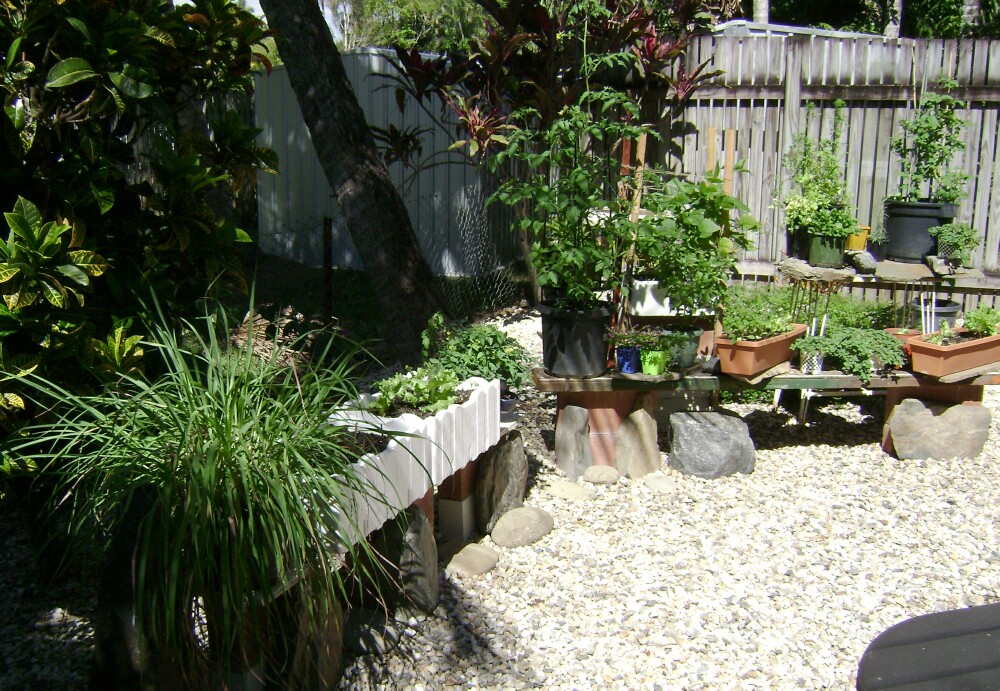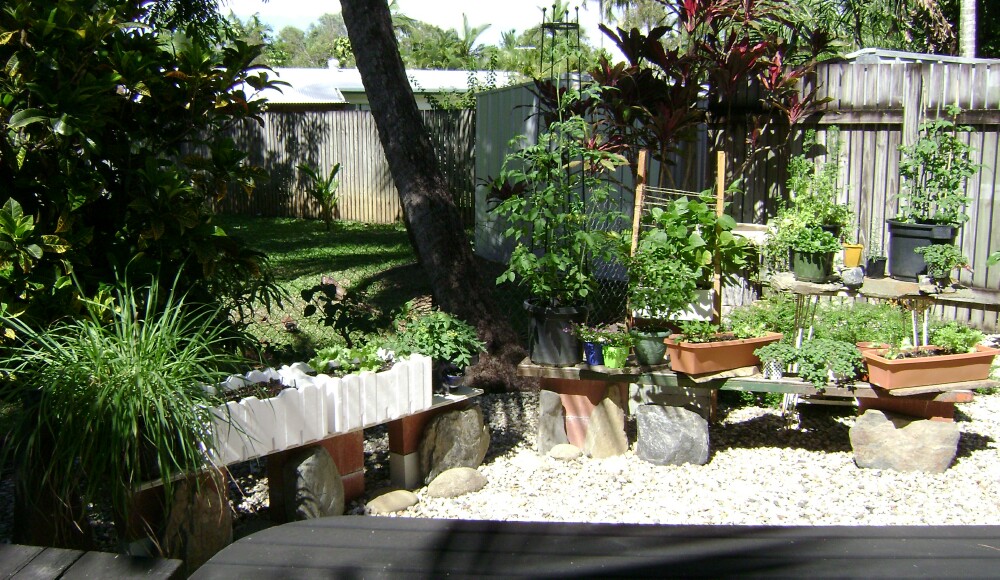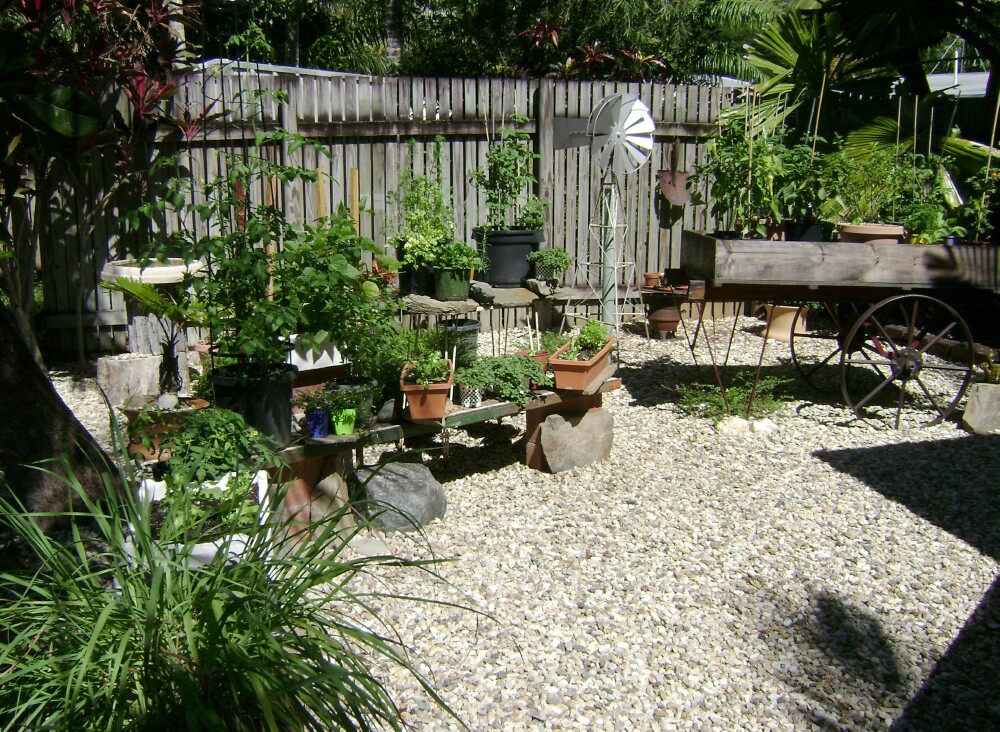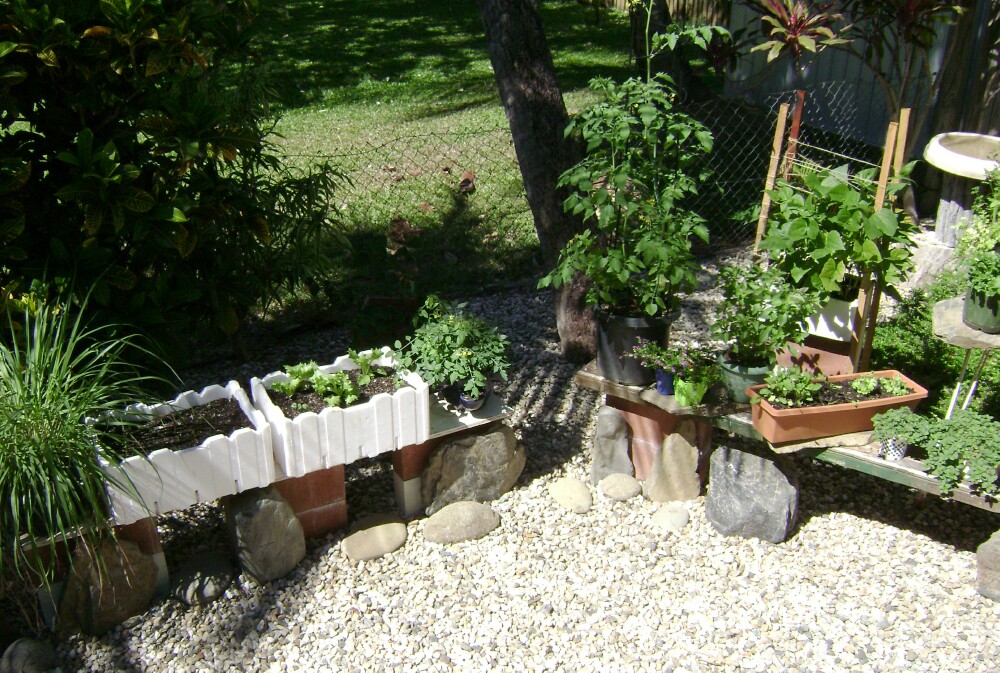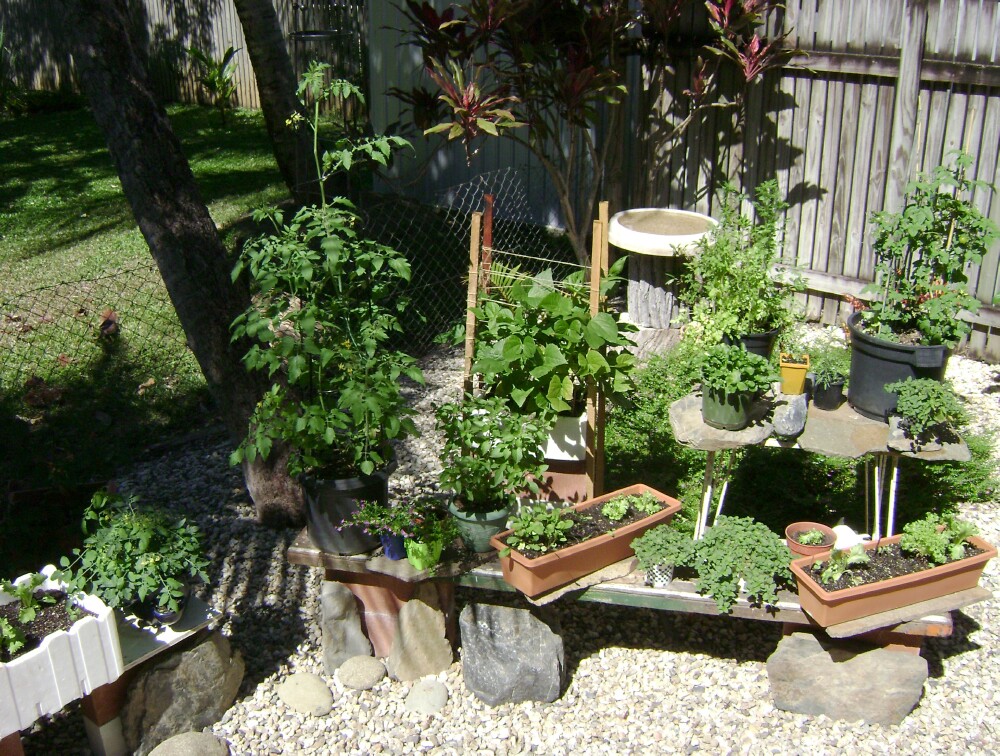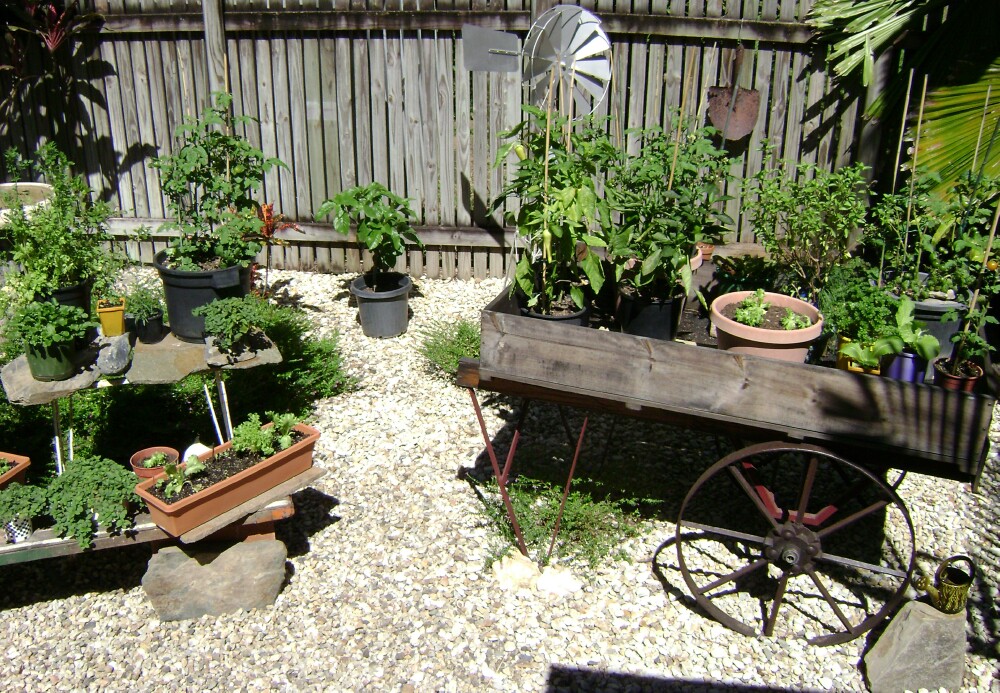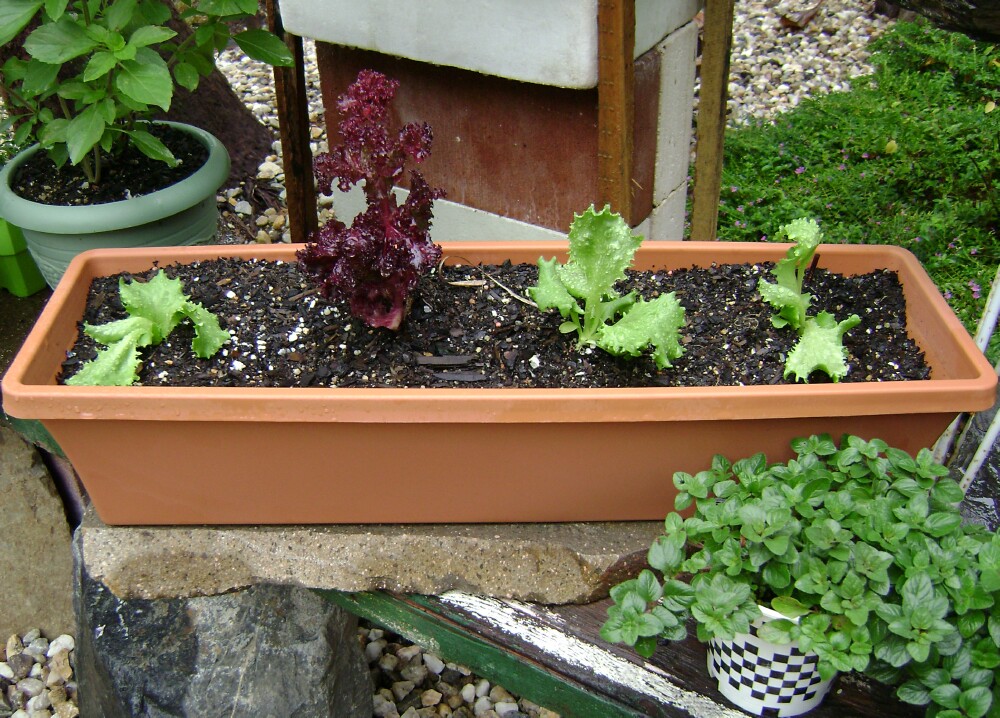

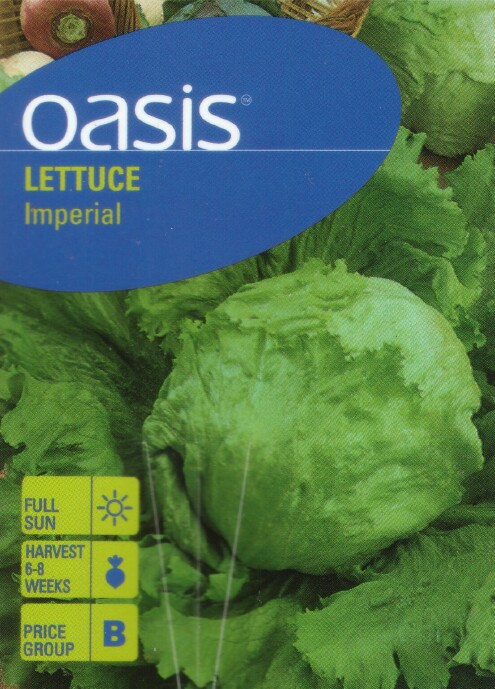
|
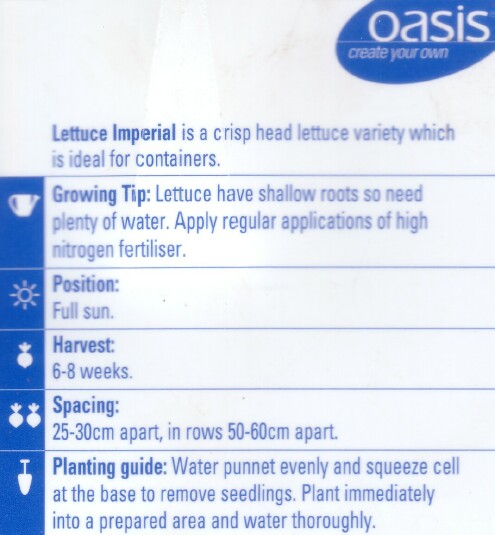
|
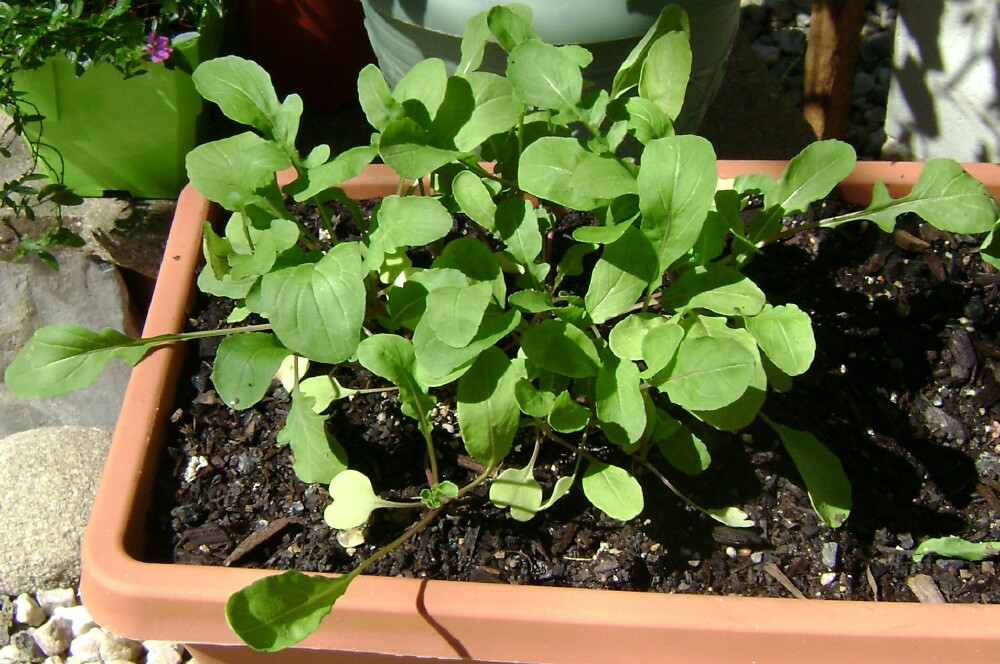
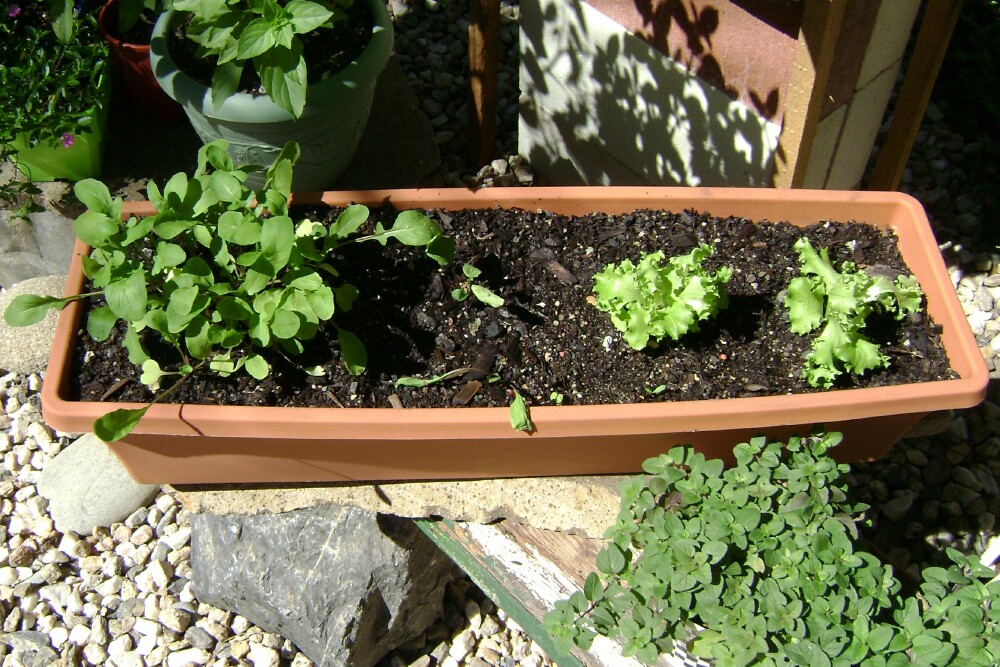

|

|
|
x x x x x x
|
Eruca Vesicaria Sativa - Arugula - Roquette
- Rocket #01 - Arugula (Eruca vesicaria sativa) is a leafy green herb of the mustard family Known also as rocket, Italian cress, roquette, and rucola, arugula has elongated dark green leaves that are lobed like the leaves of an oak In the ground, the plant resembles a loose lettuce with long, slender leaves Arugula is related to both the radish and watercress, and the flavor of the leaves is similarly hot and peppery The leaves can be between 3 and 8 inches (7.5–20 centimeters) in length, depending on the maturity of the leaf Native to the Mediterranean region, arugula has been grown as a vegetable since the Roman era The Romans ate the leaves as a vegetable, used the seeds to flavor oil, and made aphrodisiac and medicinal compounds from the plant Arugula is very low in calories and is a good source of vitamins A and C, folate, calcium, and magnesium It can be eaten raw, added to salads with other salad greens, or cooked It is excellent sautéed lightly in olive oil or steamed and added to pasta dishes Arugula can also be made into pesto and served with pasta or potatoes or as an accompaniment to roasted or grilled meats Wild arugula has smaller, spicier leaves than the cultivated variety Arugula is relatively easy to grow in the home garden When the plants go to seed, the edible flowers may be collected and used in salads Succession plantings ensure a supply of fresh arugula leaves all summer long It is worth noting that the older the leaves, the more intense the flavor Younger leaves are tender and have a milder taste and therefore are best for salads Older leaves may be slightly bitter and are more appropriate for sautéing or steaming Once harvested, arugula leaves spoil quickly and should be used within a couple of days Rinse the leaves thoroughly to remove any sand or soil and dry well in a salad spinner or between layers of papers towels Store in a plastic bag in the refrigerator until ready to use #02 - Another old time heirloom herb growing to 2 feet tall The young leaves have a horseradish flavor and are deeply toothed resembling turnip greens The scent and flavor are reminiscent of peanuts This is a cool weather crop that gets bitter in midsummer heat Make several plantings in early spring and again in midsummer Harvest by shearing off the entire plant at ground level #03 - Grows to height of 12 to 18 inches A mustard-like plant with horseradish-flavored leaves and edible white, yellow or purple flowers in summer Use the flowers, leaves and seeds in salads and stirfries Cook young leaves like spinach Grow in a sunny spot in rich, well-drained soil |
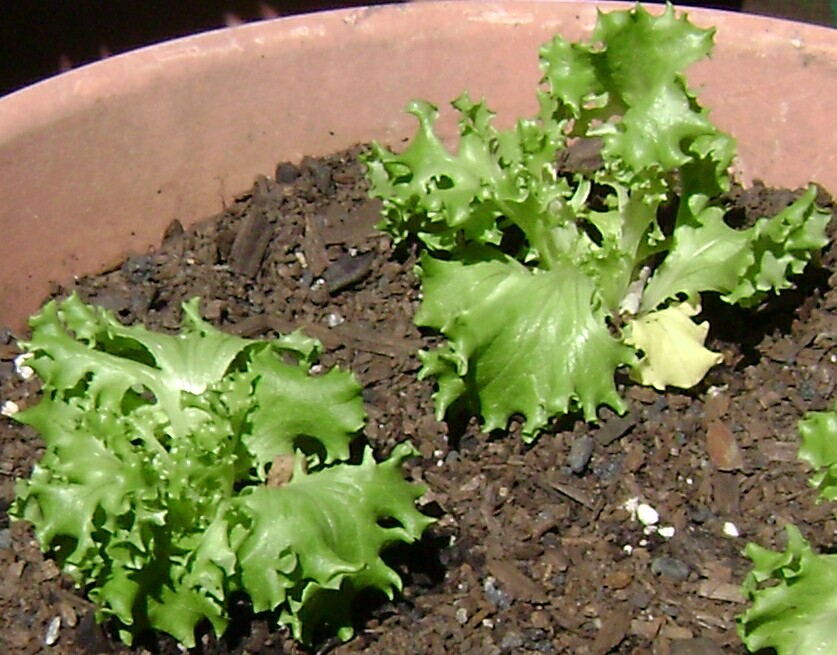
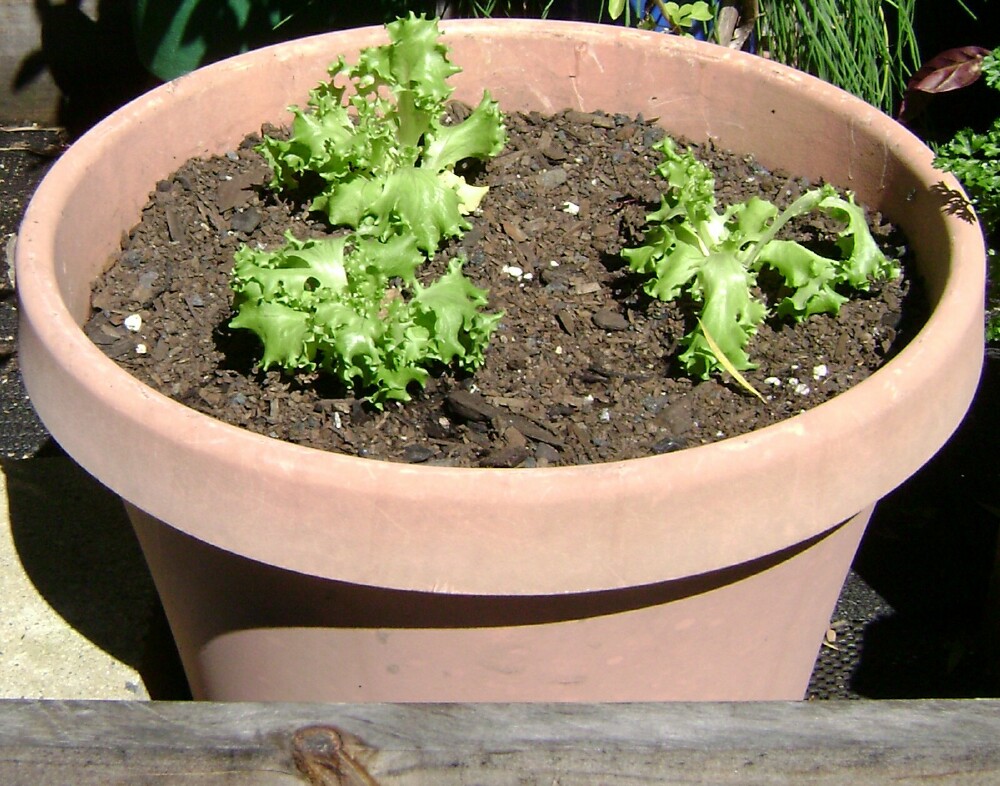
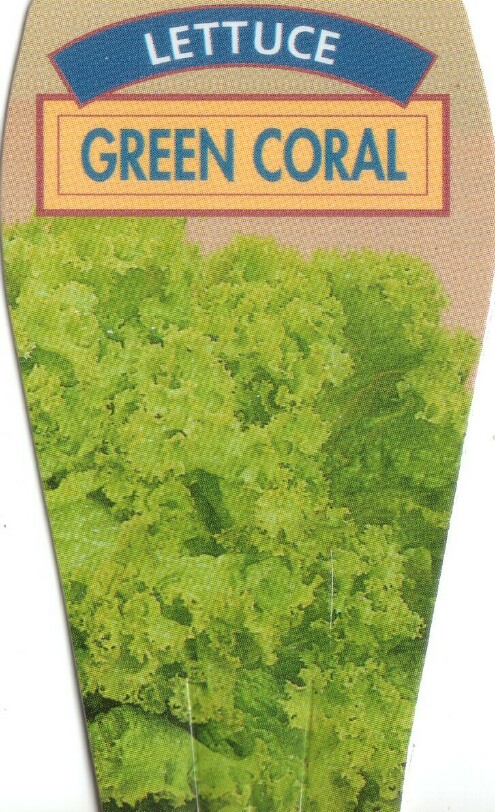
|
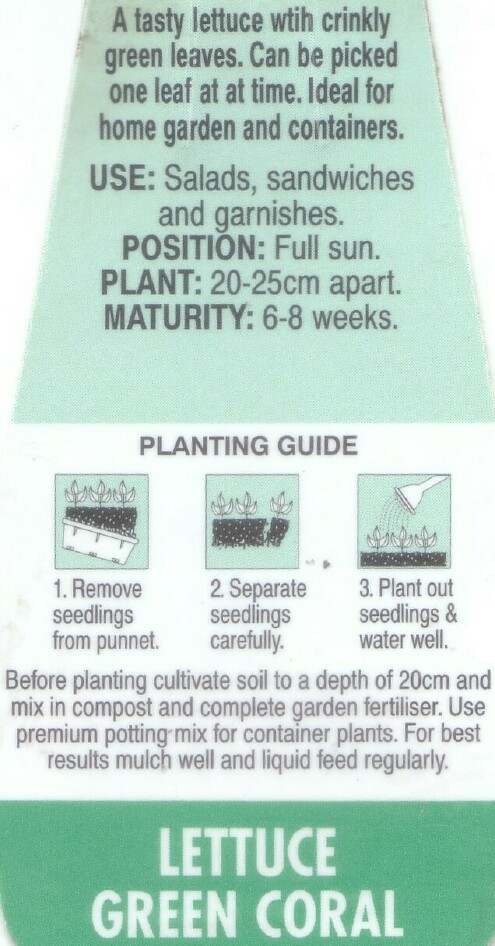
|
